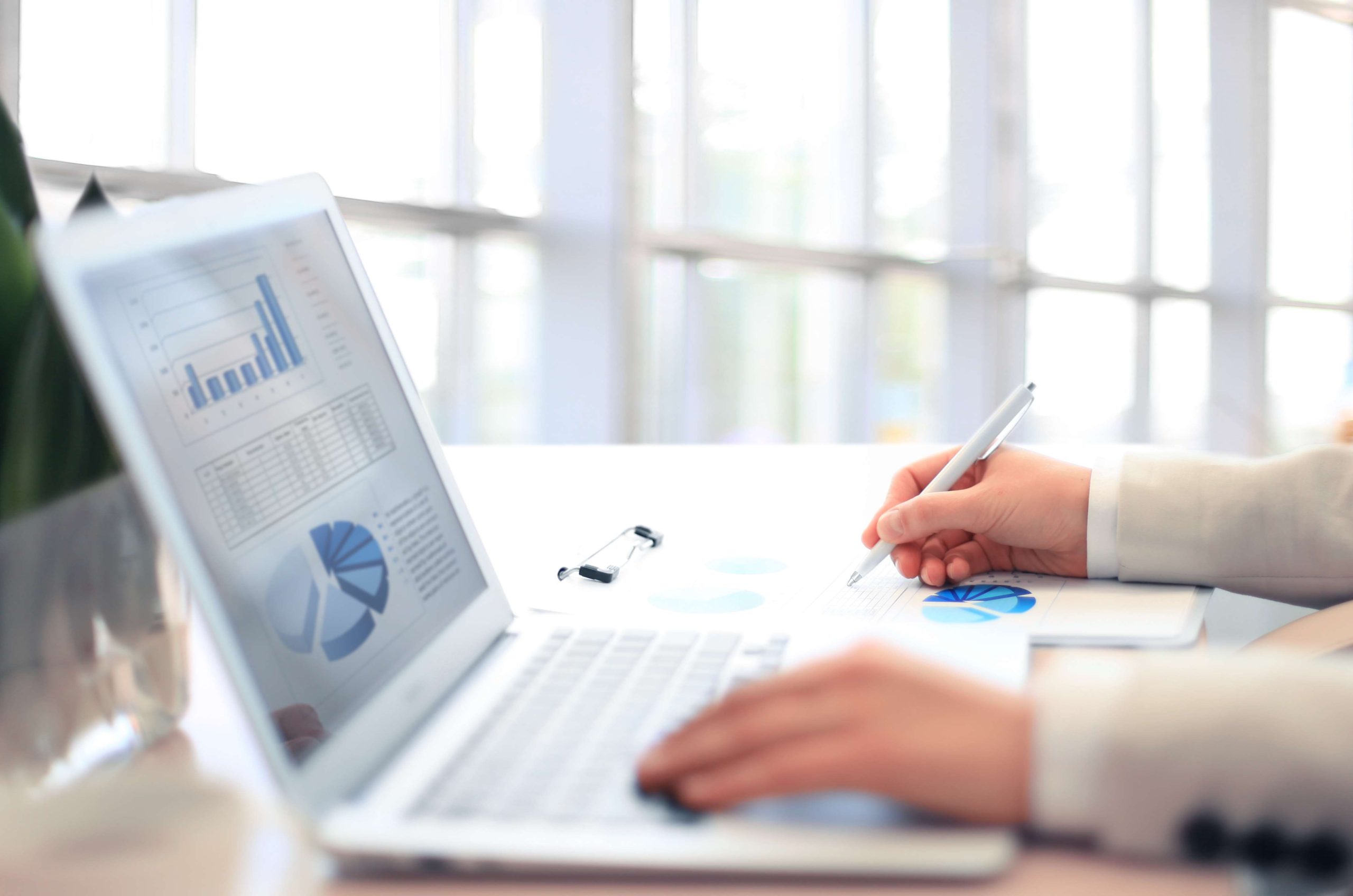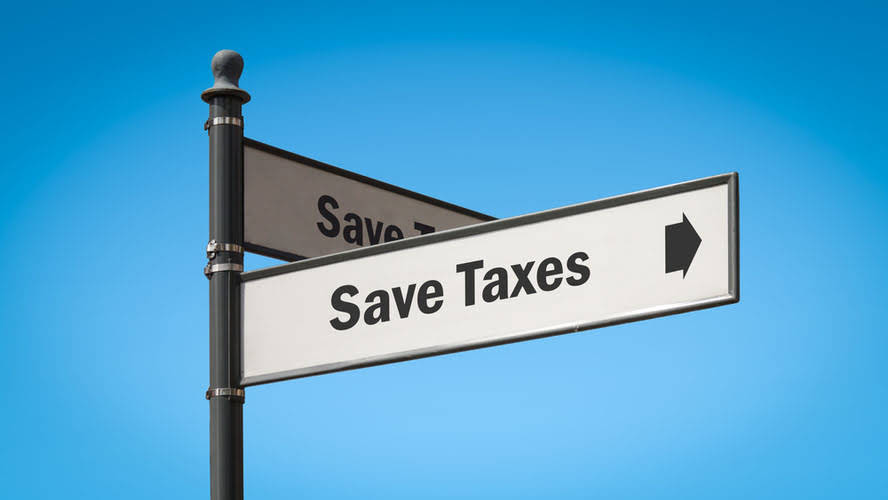
This ratio can tell you what percent of your operations are funded by liabilities versus equity. Essentially, if you are indebted to someone and are obliged to pay them back for a service or good they provided, it’s a liability. Examples of this can be purchasing equipment or furniture on a payment plan or paying for raw materials on credit. Liability may also refer to the legal liability of a business or individual.
Type 1: Notes payable
Generally speaking, you want this number to go down over time. If it goes up, that might mean your business is relying more and more on debts to grow. Liabilities are any debts your company has, whether it’s bank loans, mortgages, unpaid bills, IOUs, or any other sum of money that you owe someone else. If you’ve promised to pay someone a sum of money in the future and haven’t paid them yet, that’s a liability. Accrued Expenses – Since liability accounts list accounting periods rarely fall directly after an expense period, companies often incur expenses but don’t pay them until the next period. The current month’s utility bill is usually due the following month.

What Are the Different Types of Liabilities in Accounting?
Unfortunately, it isn’t uncommon for businesses to get overwhelmed by their debts. After all, knowing what they are is the first step to managing them well. It might signal weak financial stability if a company has had more expenses than revenues for the last three years because it’s been losing money for those years. Assets are what a company owns or something that’s owed to the company. They include tangible items such as buildings, machinery, and equipment as well as intangibles such as accounts receivable, interest owed, patents, or intellectual property. The outstanding money https://www.instagram.com/bookstime_inc that the restaurant owes to its wine supplier is considered a liability.
- Most companies don’t pay for goods and services as they’re acquired, AP is equivalent to a stack of bills waiting to be paid.
- In 2021, 31% of small businesses in the U.S. applied for traditional financing with some likely going for other lending options.
- Adam Hayes, Ph.D., CFA, is a financial writer with 15+ years Wall Street experience as a derivatives trader.
- There are three primary classifications when it comes to liabilities for your business.
- A liability is a major component of the accounting equation.
What Are Liabilities In Accounting?

Balance sheet presentations differ, but the concept remains the same. Some businesses prefer the account-form balance sheet, wherein assets are presented on the left side while liabilities and equity are presented on the right (see highlighted part). Additionally, maintaining accurate cash flow projections is essential for anticipating future financial needs. By incorporating potential liabilities into cash flow forecasts, businesses can ensure they have adequate funds available to meet their obligations as they arise. Some of the liabilities in accounting examples are accounts payable, Expenses payable, salaries payable, and interest payable.

- Examples of accrued expenses include wages payable, interest payable, and rent expenses.
- Assets and liabilities in accounting are two significant terms that help businesses keep track of what they have and what they have to arrange for.
- For example, wages payable are considered a liability as it represents the amount owed to employees for their work but not yet paid.
- For a capital financing company, issue debentures from the general public or accept deposits from the general public, which is also one of the liabilities for the company.
- In conclusion, proper recognition and measurement of liabilities are essential for maintaining accurate and transparent financial statements.
The wine supplier considers the money it is owed to be an asset. A business transaction will fall into one of these categories, providing an easily understood breakdown of all financial transactions conducted during a specific accounting period. A chart of accounts is an important organizational tool in the form of a list of all the names of the accounts a company has included in its general ledger. This list will usually also include a short description of each account and a unique identification code number. Even if it’s just the electric bill and rent for your office, they still need to be tracked and recorded. Contingent liabilities are only recorded on your balance https://www.bookstime.com/ sheet if they are likely to occur.


By properly identifying, recording, and classifying liabilities, organizations can ensure transparency, compliance with accounting standards, and informed decision-making. It is essential to stay updated on best practices, monitor liability balances, and plan for future obligations to effectively manage liability accounts. Seeking expert advice and conducting further research can help individuals and businesses navigate the complexities of liability accounts and optimize their financial performance. “Some short-term liabilities include payroll expenses and accounts payable, which include money owed to vendors, monthly utilities, and similar expenses.” – Investopedia. The first three are assets, liabilities, and equity, which flow into the balance sheet. The remaining two are income or revenue and expenses, which flow into the income statement.
